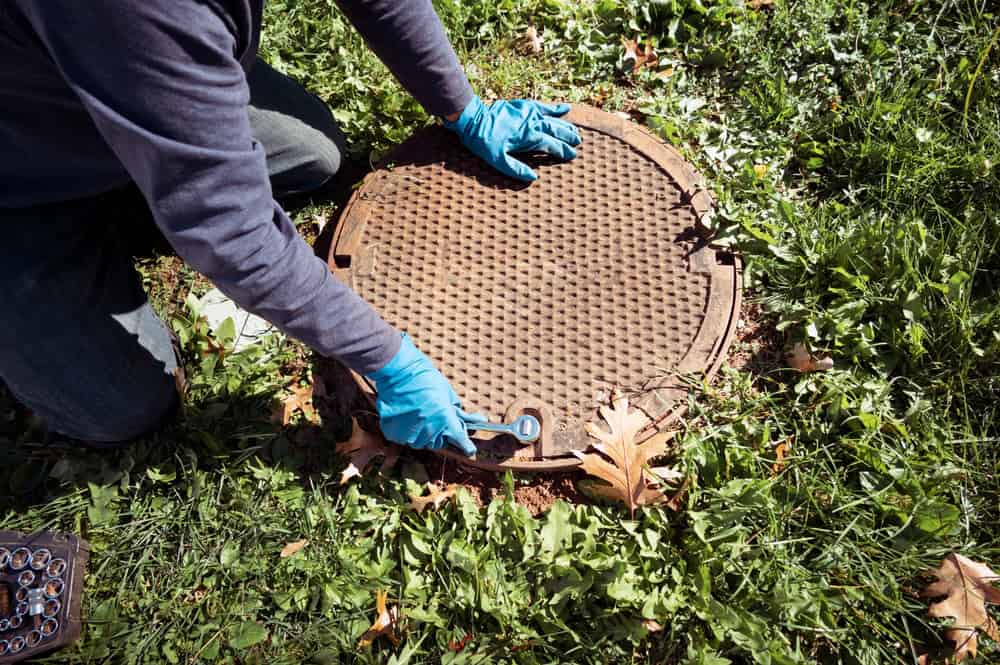Fast, reliable septic pumping that prevents backups and protects your property investment.
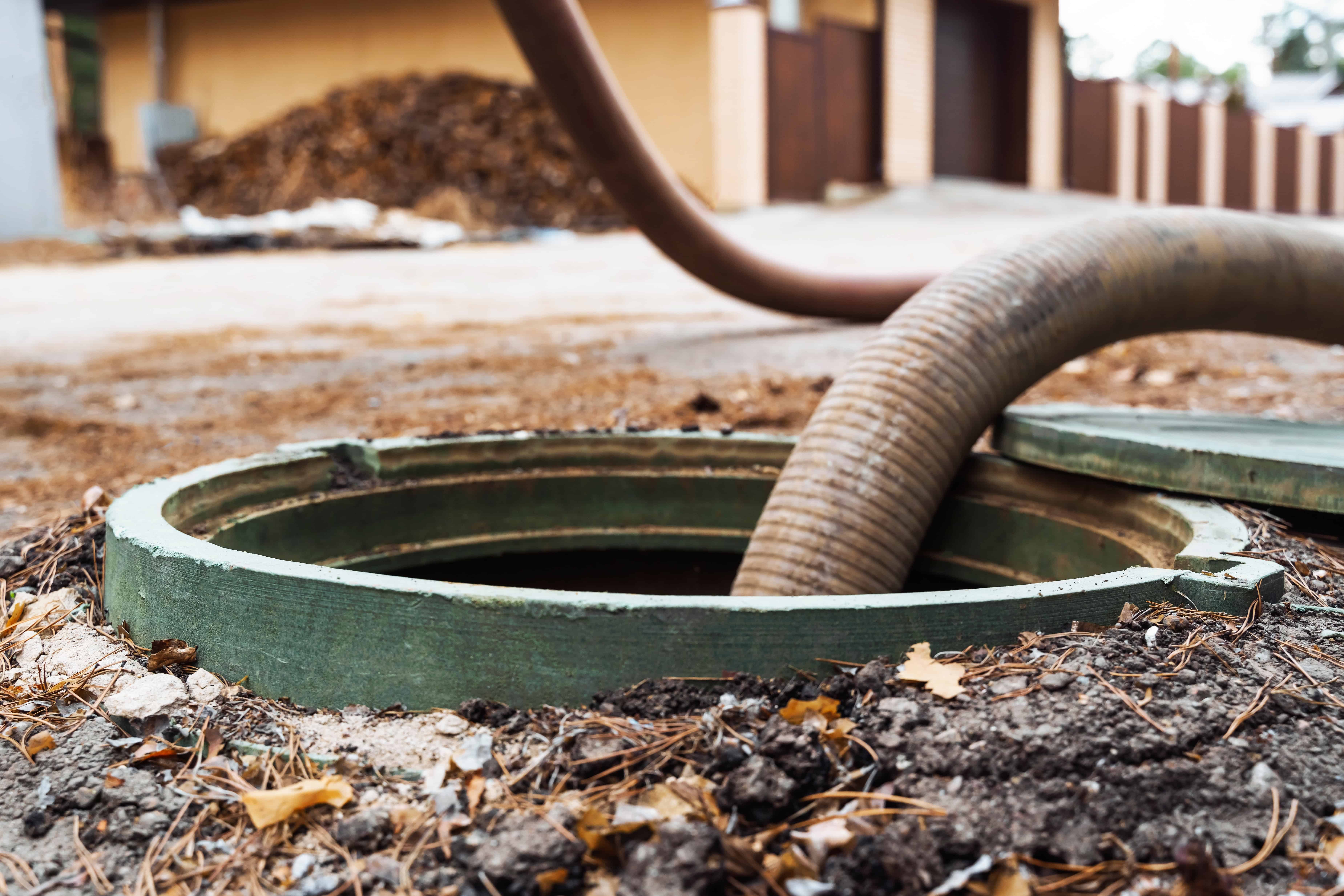
Hear from Our Customers
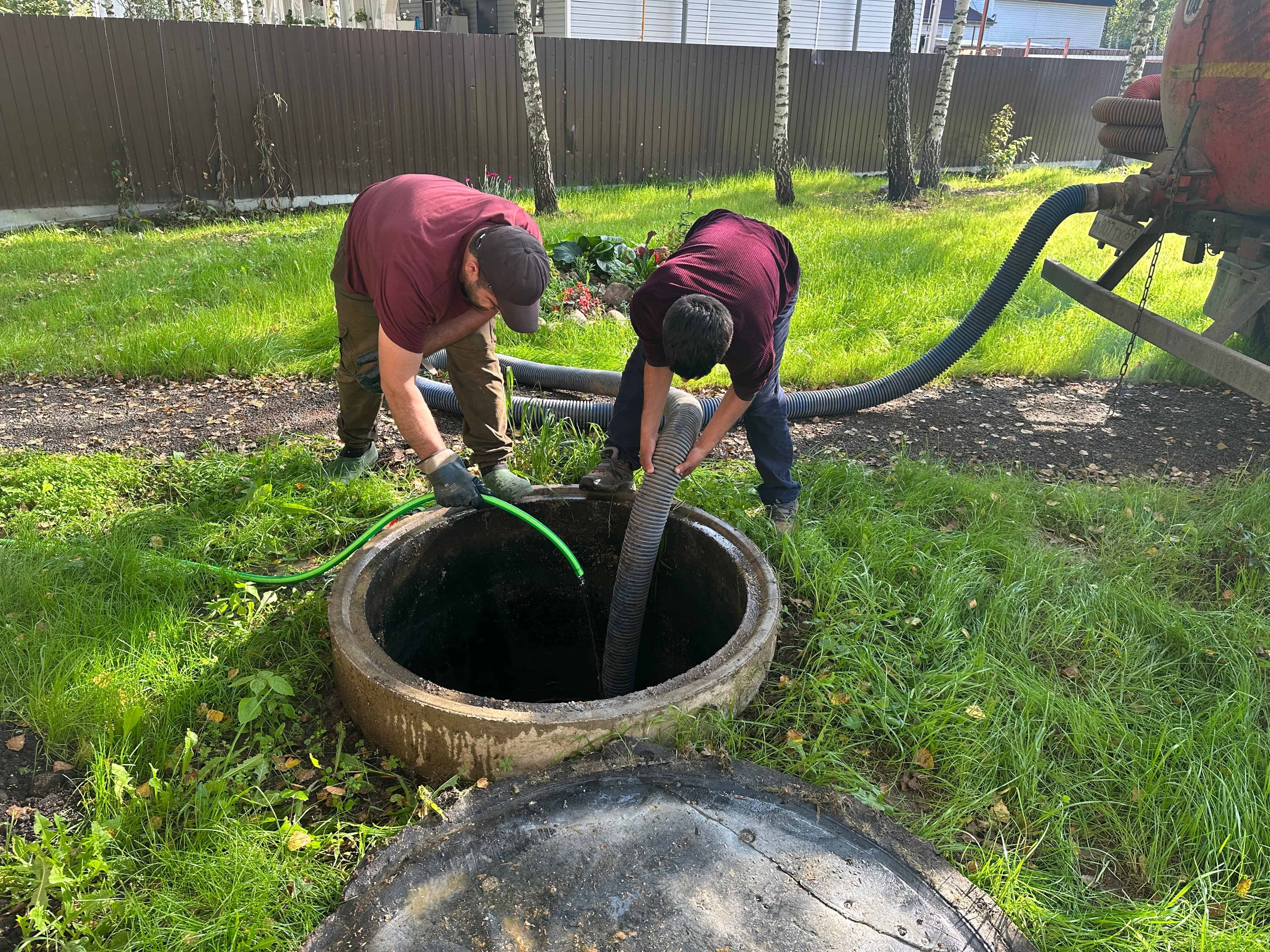
Regular septic tank pumping keeps your system functioning the way it should. You avoid the nightmare of sewage backing up into your home or pooling in your yard.
Your drains flow freely. Your toilets flush without issues. No foul odors greet you when you step outside.
Most importantly, you’re not facing a $15,000 to $30,000 system replacement because neglect turned a simple maintenance task into a major failure. Proper pumping every 3-5 years protects your investment and keeps your family’s daily life running without disruption.
We’ve been handling septic tank pumping throughout South Huntington and surrounding Long Island communities for years. We understand the soil conditions, local regulations, and specific challenges that come with maintaining septic systems in this area.
You’re dealing with a local team that shows up on time, does the work right, and cleans up afterward. We’re licensed, insured, and equipped with the proper trucks and equipment to handle residential septic pumping safely and efficiently.
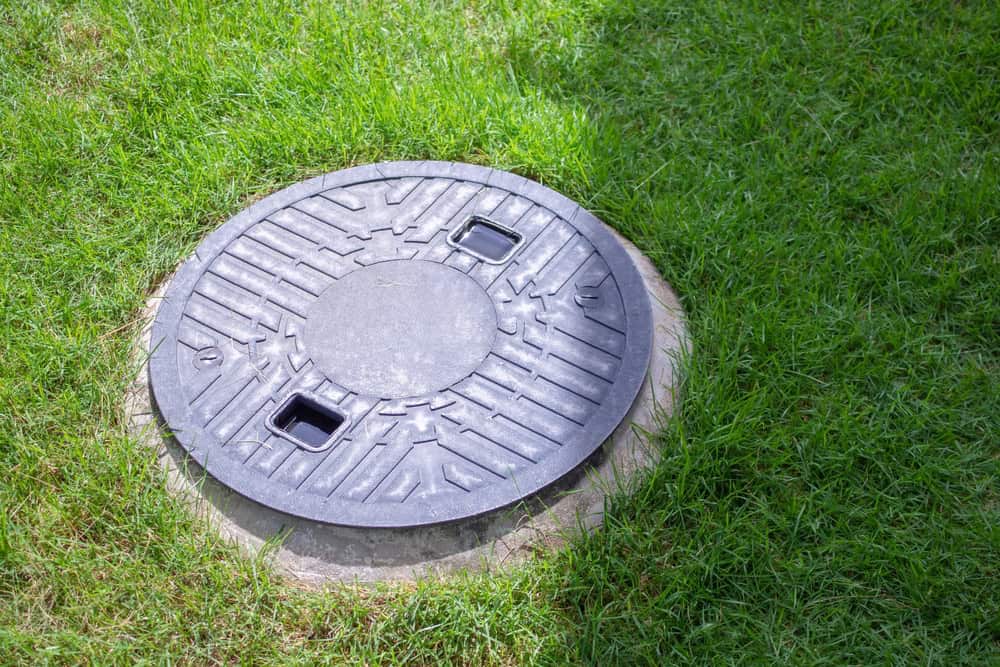
First, we locate and uncover your septic tank access ports. Our truck-mounted pump removes all liquid and solid waste from the tank, which gets transported to an approved treatment facility.
While we’re pumping, we inspect the tank for any signs of damage, check the inlet and outlet baffles, and measure the sludge levels. This tells us how your system is performing and whether any maintenance issues need attention.
After pumping, we’ll let you know what we found and give you a realistic timeline for your next service. The whole process typically takes 30-45 minutes, and we’ll restore your yard to the condition we found it.
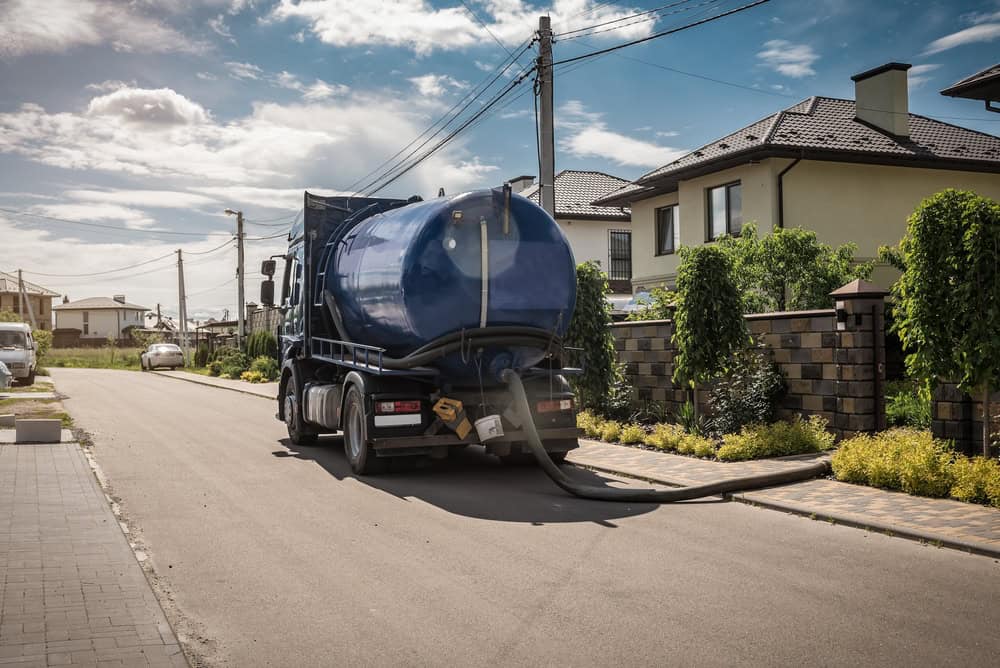
Ready to get started?
Our septic tank pumping service includes complete removal of all accumulated solids and liquids from your tank. We don’t just pump out part of it and call it done.
You get a thorough inspection of your tank’s condition, including the structural integrity, baffles, and any signs of potential problems. We’ll also check your distribution box if it’s accessible and let you know if we spot any issues with your drain field.
Every job includes proper disposal at licensed facilities and a service record for your files. We’ll also give you practical advice about what you can do to extend the time between pumpings and keep your system healthy.
